Learn about the unique properties of sunflower honey, its health benefits, rich history, and how to identify pure,...
Post-harvest actions: The key to beekeeping success
Introduction
After the honey harvest in a beekeeping operation, there are several essential post-harvest actions that need to be taken to ensure the well-being of the bees and the overall success of the beekeeping venture. In this comprehensive article, we will explore the necessary steps that beekeepers should follow after honey extraction to maintain healthy colonies and prepare for future honey production.
Clean and Maintain Equipment
Cleaning honey extraction equipment
After the honey has been extracted, it is crucial to clean all the honey extraction equipment thoroughly. This includes uncapping knives, honey extractors, strainers, and any other tools used in the extraction process. Residual honey and wax can attract pests and lead to the growth of harmful bacteria or mold. Cleaning the equipment properly ensures that it is ready for future use and prevents contamination.
Sterilizing equipment
In addition to cleaning, it is recommended to sterilize the honey extraction equipment periodically. Sterilization helps eliminate any potential pathogens or contaminants that may have been missed during the cleaning process. This step is especially important for maintaining the health of the bees and preventing the spread of diseases within the hive.
Storage of equipment
Once the equipment is cleaned and sterilized, it should be stored in a dry and protected area. Proper storage prevents damage to the equipment and helps maintain its longevity. It is advisable to store the equipment in a clean and sealed container to protect it from dust, pests, and other potential sources of contamination.
Assess Hive Conditions
Hive inspection
After the honey harvest, it is essential to conduct a thorough inspection of each hive. This inspection allows beekeepers to assess the overall health and condition of the hive, identify potential issues, and take necessary actions to address them. Look for signs of disease, pests, or any other abnormalities that may require attention.
Queen assessment
During the hive inspection, it is crucial to assess the condition and performance of the queen bee. The queen is the heart of the colony, and her health and productivity directly impact the hive's success. Look for signs of a healthy queen, such as a good brood pattern and the presence of eggs. If any issues are detected, consult with a beekeeping expert or consider requeening the hive if necessary.
Varroa mite treatment
Varroa mites are one of the most common pests that affect bee colonies. After the honey harvest, it is an opportune time to assess the mite infestation levels and implement appropriate treatment measures. There are various methods available for varroa mite control, including chemical treatments, mechanical interventions, and biological controls. Choose a treatment method based on the severity of the infestation and consult with local beekeeping associations or experts for guidance.
Feeding and Nutrition
Supplemental feeding
After the honey harvest, it is important to provide supplemental feeding to the bees, especially if the natural food sources are scarce. Supplemental feeding ensures that the bees have enough food to sustain themselves and the hive during periods of low nectar availability. Sugar syrup, pollen substitutes, and mineral supplements can be used to provide the necessary nutrition to the bees. Follow the recommended feeding practices and consult with local experts for specific guidelines based on your region and climate.
Preparing for winter
Post-harvest is also the time to prepare the bees for the upcoming winter season. In regions with cold winters, it is crucial to ensure that the bees have enough honey reserves to survive the winter. Assess the honey stores in each hive and provide additional feeding if necessary. Insulate the hives to protect them from extreme temperatures, and ensure proper ventilation to prevent condensation and moisture buildup.
Record Keeping and Analysis
Record honey production
Post-harvest is an excellent opportunity to record and analyze honey production data. Keep track of the honey yield from each hive to monitor the productivity of your colonies. This data can help you make informed decisions for future hive management and provide insights into the performance of different bee colonies.
Analyze hive performance
Take the time to analyze the overall performance of each hive after the honey harvest. Look for patterns, trends, or factors that may have influenced the hive's productivity. This analysis can help you identify areas for improvement, adjust your beekeeping practices, and make informed decisions for the next season.
Conclusion
In conclusion, post-harvest actions are crucial in beekeeping to maintain healthy colonies, prevent diseases, and prepare for future honey production. Cleaning and maintaining equipment, assessing hive conditions, providing supplemental feeding, preparing for winter, and analyzing hive performance are all essential steps that beekeepers should take after harvesting honey. By following these actions diligently, beekeepers can ensure the well-being of their bees, optimize honey production, and promote the sustainability of their beekeeping endeavors. Remember, proper post-harvest practices contribute to the overall success and longevity of a beekeeping operation.
Leave a comment
Log in to post comments

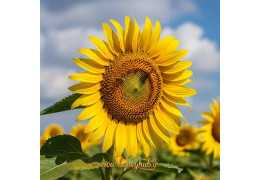
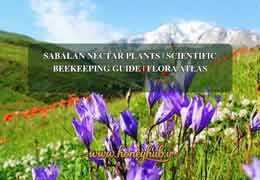


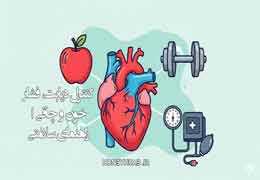


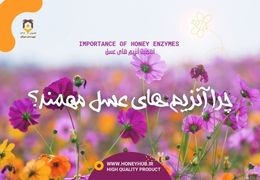
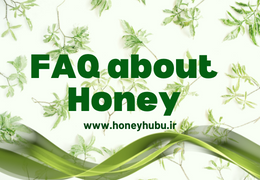
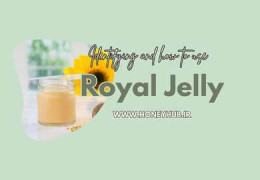
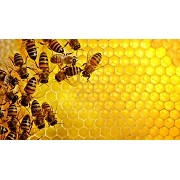
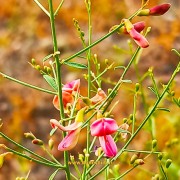
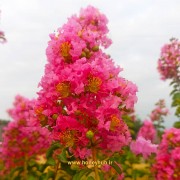
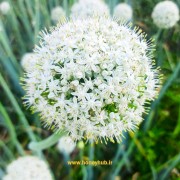
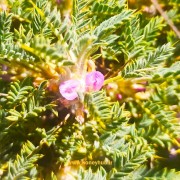
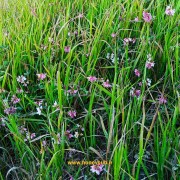




Latest comments